Guangdong Province is home to a wealth of intangible cultural heritage. Among these, six projects stand out: Cantonese Opera, Guangdong Lion Dance, Chaozhou Yingge Dance, LuFeng Shadow Puppetry, Chaoshan Kungfu Tea, and Hakka Niang Wine Brewing. These projects not only demonstrate the profound cultural heritage of Lingnan but also reflect the wisdom and creativity of the people of Guangdong.
Six Major ICH Projects of Guangdong
Cantonese Opera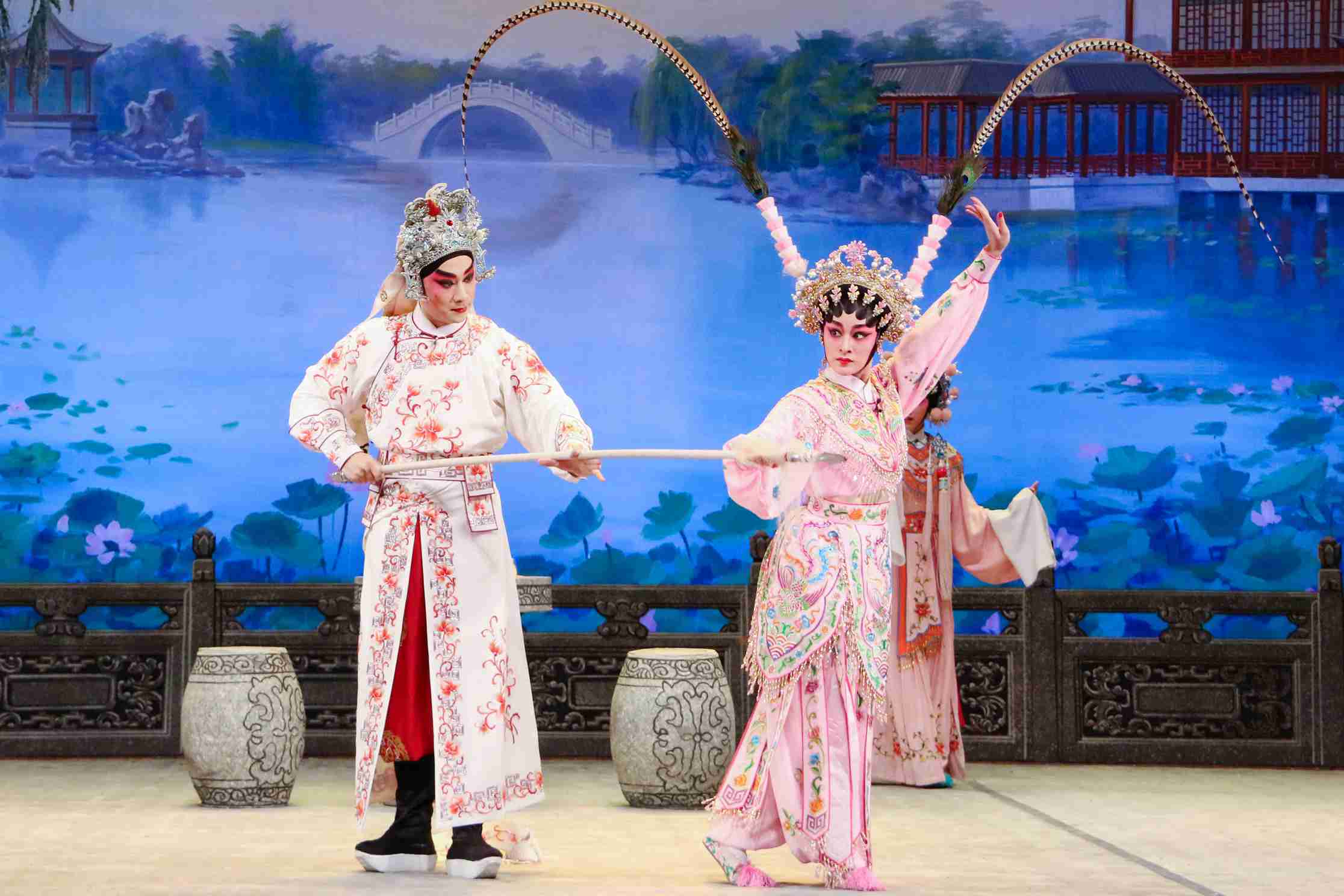
Cantonese Opera is one of the most representative forms of traditional Chinese opera in Guangdong. It originated in Foshan and later spread to places like Hong Kong and Macau. Known for its unique vocal style, performance techniques, and rich repertoire, Cantonese Opera integrates singing, recitation, acting, and martial arts. It is a pearl of southern Chinese opera culture. In 2009, Cantonese Opera was inscribed on the UNESCO Representative List of the Intangible Cultural Heritage of Humanity.
Guangdong Lion Dance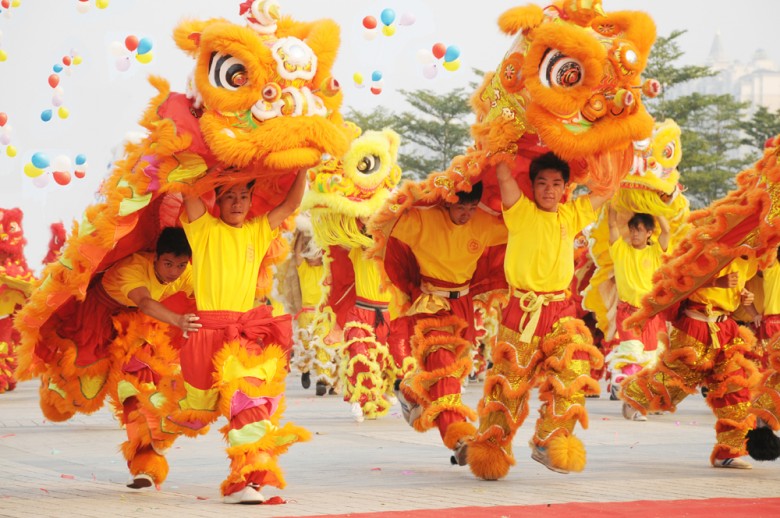
The lion dance, known as “Xing Shi” in Guangdong, is a highly distinctive traditional lion dance in the region. It integrates various elements such as martial arts, dance, and music, showcasing the unique charm of Lingnan culture. With its vivid performances and profound cultural connotations, the lion dance has become an important symbol of Guangdong's folk culture. In 2006, it was included in the first batch of national intangible cultural heritage list.
Chaozhou Yingge Dance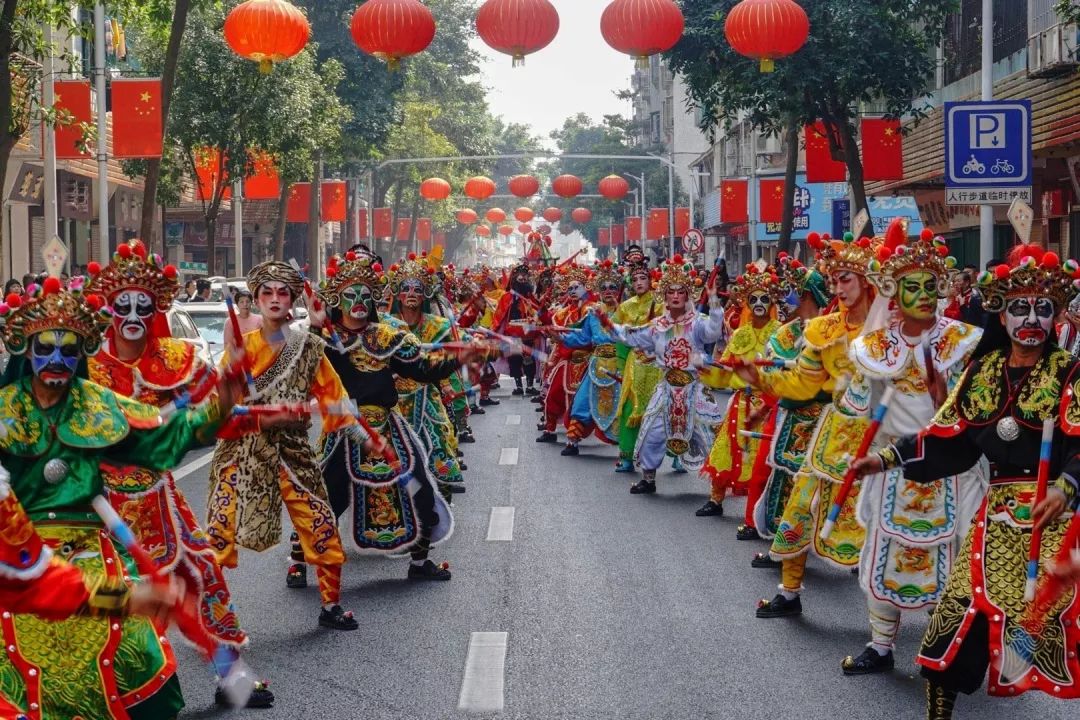
Chaozhou Yingge Dance is a traditional folk dance from the Chaoshan region, integrating drama, dance, and martial arts. It is inspired by the classic Chinese novel The Water Margin: Outlaws of the Marsh and has a history of over 300 years. The dance features characters from the novel, such as the heroes of Liangshan, and expresses their heroic spirit through dynamic performances. It has a unique artistic style and is considered a cultural treasure. In 2006, Chaozhou Yingge was inscribed on the first batch of the National Intangible Cultural Heritage List. In 2025, Yingge Dance made its debut on the stage of the Snake Year Spring Festival Gala, showcasing its charm to the national audience.
LuFeng Shadow Puppetry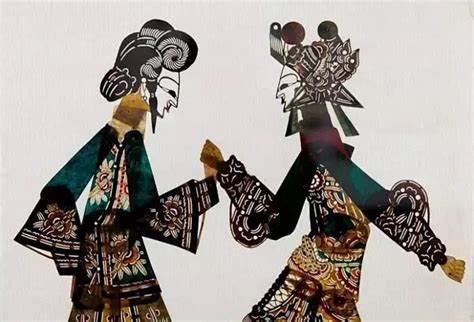
LuFeng Shadow Puppetry is the only surviving form of the Chaozhou shadow puppetry, one of the three major shadow puppetry performances in China. It originated in the Song Dynasty, became popular during the Ming and Qing Dynasties, and was widely spread in the Republic of China era. Known for its rich vocal music, exquisite painting and carving, and vivid performances, LuFeng Shadow Puppetry features strong local characteristics. In 2006, LuFeng Shadow Puppetry was included in the first batch of the National Intangible Cultural Heritage List.
Chaoshan Kungfu Tea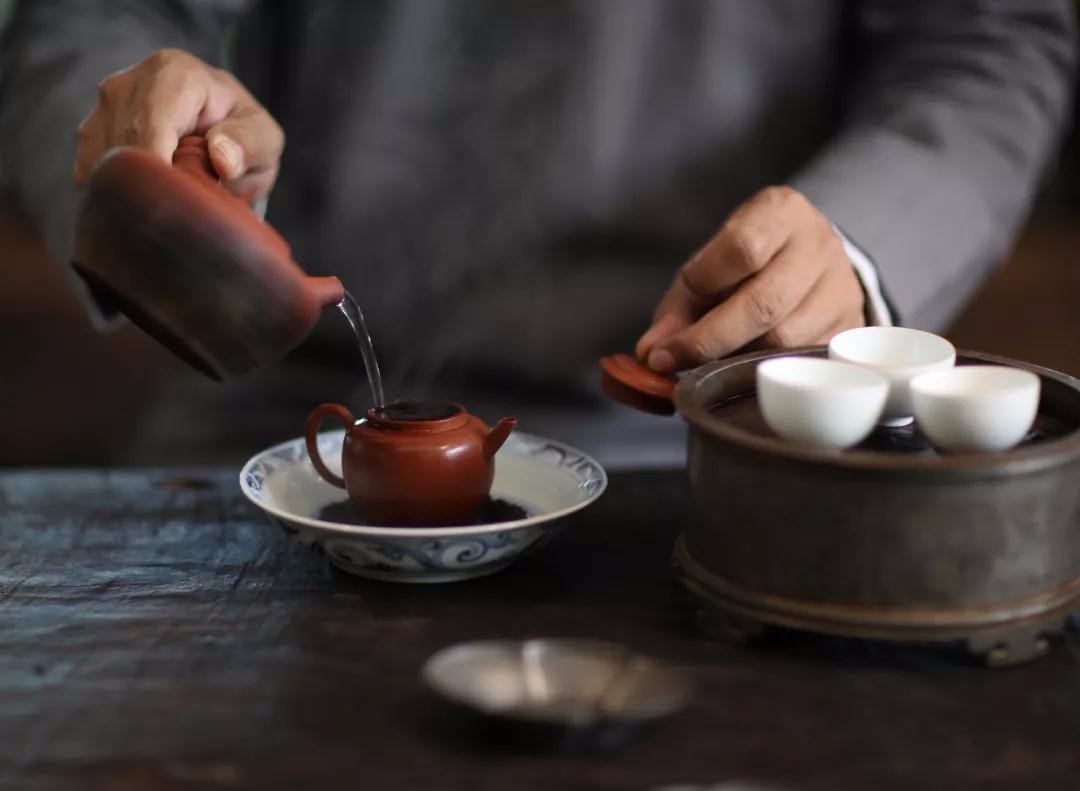
Chaoshan Kungfu Tea is a unique traditional tea-drinking custom in the Chaoshan region and one of the most representative forms of Chinese tea art. It integrates essence, etiquette, tea-brewing skills, and the art of tea tasting, reflecting the unique understanding and pursuit of tea culture by the people of Chaoshan. In 2008, Chaozhou Kungfu Tea was inscribed on the national list of intangible cultural heritage.
Hakka Niang Wine Brewing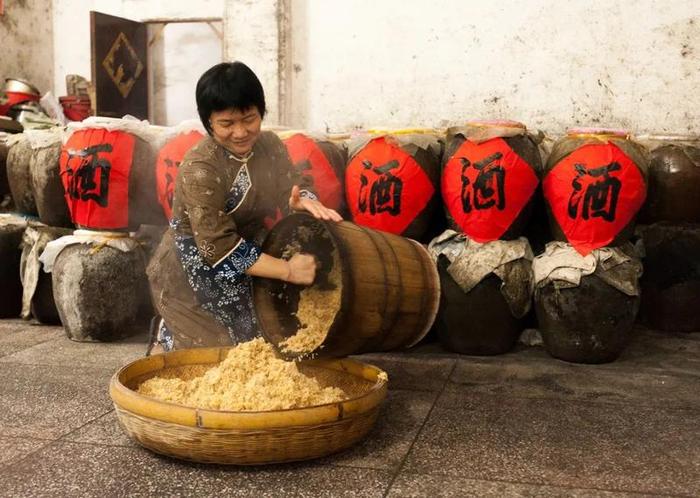
Hakka Niang Wine is a traditional yellow rice wine from the Hakka regions of Guangdong, known for its unique brewing process and rich, mellow flavor. The brewing technique involves several steps, including selecting high-quality glutinous rice, steaming the rice, cooling, fermenting, pressing, and finally roasting the wine. This traditional craft has been passed down for thousands of years and is an important part of Hakka culture. In 2013, the brewing technique of Meixian County Hakka Niang Wine was inscribed on the Fifth Batch of Guangdong Province's Intangible Cultural Heritage Representative Project List. This recognition highlights the cultural significance of Hakka Niang Wine as not only a beverage but also a vital carrier of Hakka cultural heritage.
These six intangible cultural heritage projects are not only pearls of Guangdong culture but also important components of traditional Chinese culture. In their continuous transmission and development, they have taken on new vitality, attracting more and more people to pay attention to and love them. We welcome you to Guangdong to experience the beauty of intangible cultural heritage!




































